Photos: Greco-Roman Museum in Alexandria officially reopens to the public
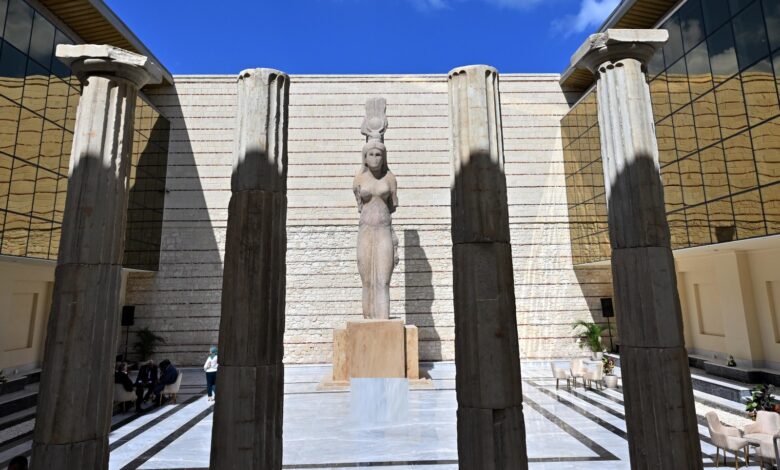
Prime Minister Mostafa Madbouly inaugurated the Greco-Roman Museum in Alexandria, on Wednesday, after the completion of its renovation.

A truly historic museum
The museum was first suggested in 1891 by Italian archaeologist Giuseppe Botti, who thought about establishing a place containing the archaeological discoveries in Alexandria in manner to best preserve its cultural history, after these finds had been transferred to the Bulaq Museum in Cairo.
The museum was built in a Greek architectural style, and was officially inaugurated during the reign of Khedive Abbas Hilmi II on September 26, 1895.
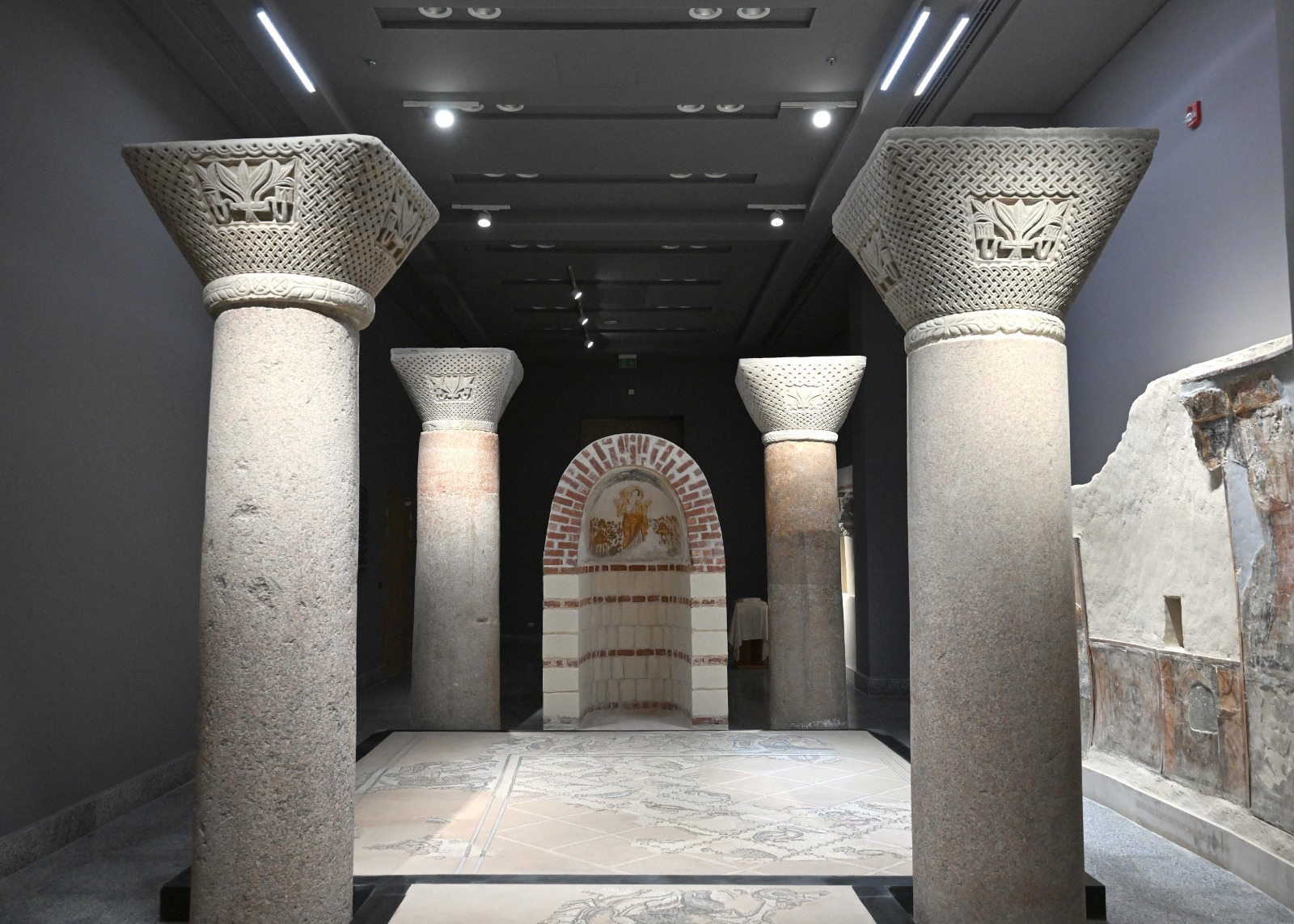
It closed in 2005 in order to start a restoration project that first began in 2009, but stopped in 2011 due to lack of financial funds at that time.
Work on the project resumed in 2018 until it was completed and finally reopened on October 11.
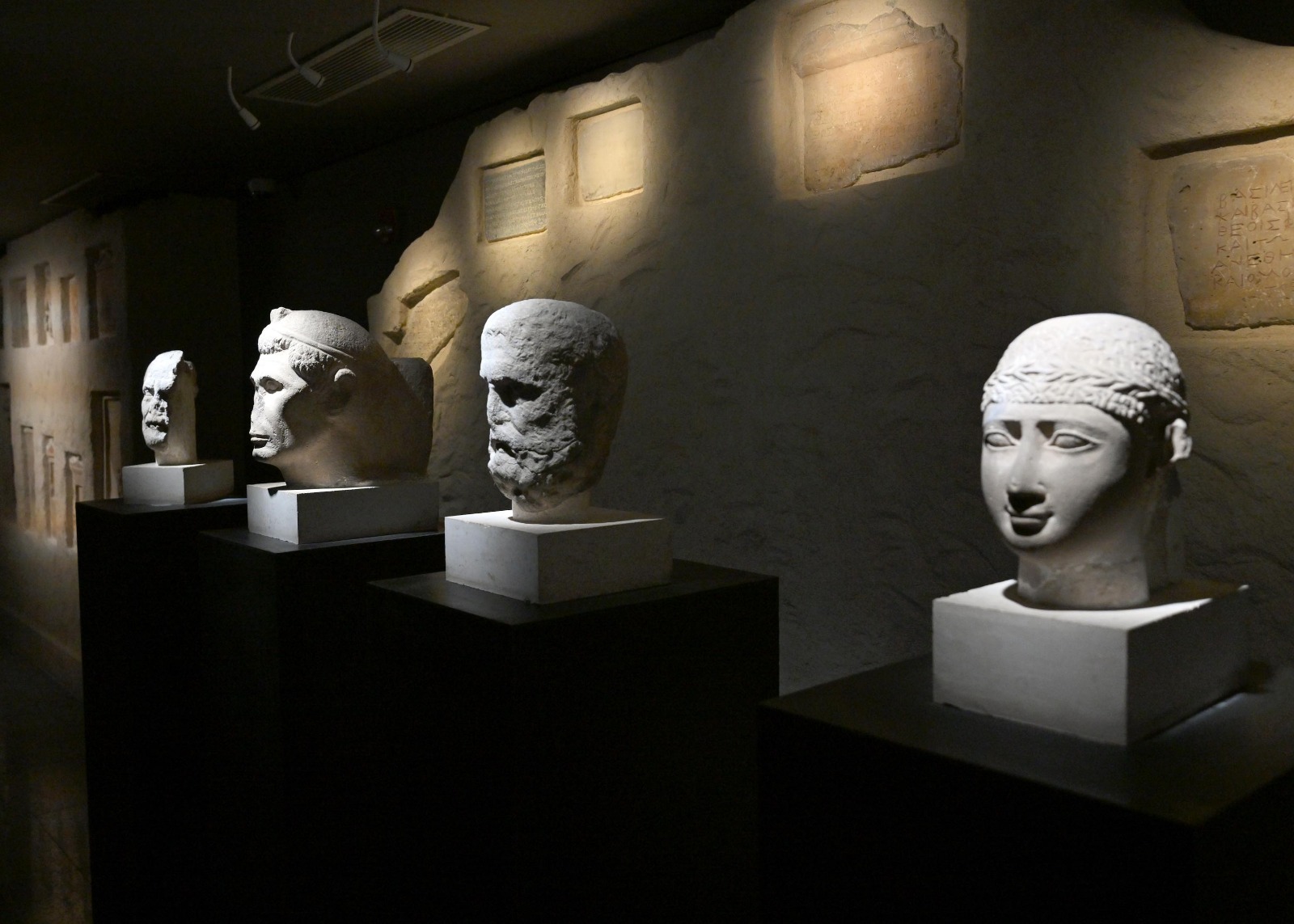
The restoration project involved painting the walls both inside and outside, reinforcing the old walls of the museum with an iron structure, restoring the museum's classic facade, developing the lighting and surveillance systems and creating a hall called "Egypsotica" to display gypsum reproductions.

Renovation also included the educational department, museum archive, a historical library, warehouses, and an archaeological restoration center.
And the project involved raising the efficiency of services provided to visitors in order to better improve the tourist experience and make it more attractive and accessible, through providing cafeterias, a gift house.
It also better accommodates people with special needs.
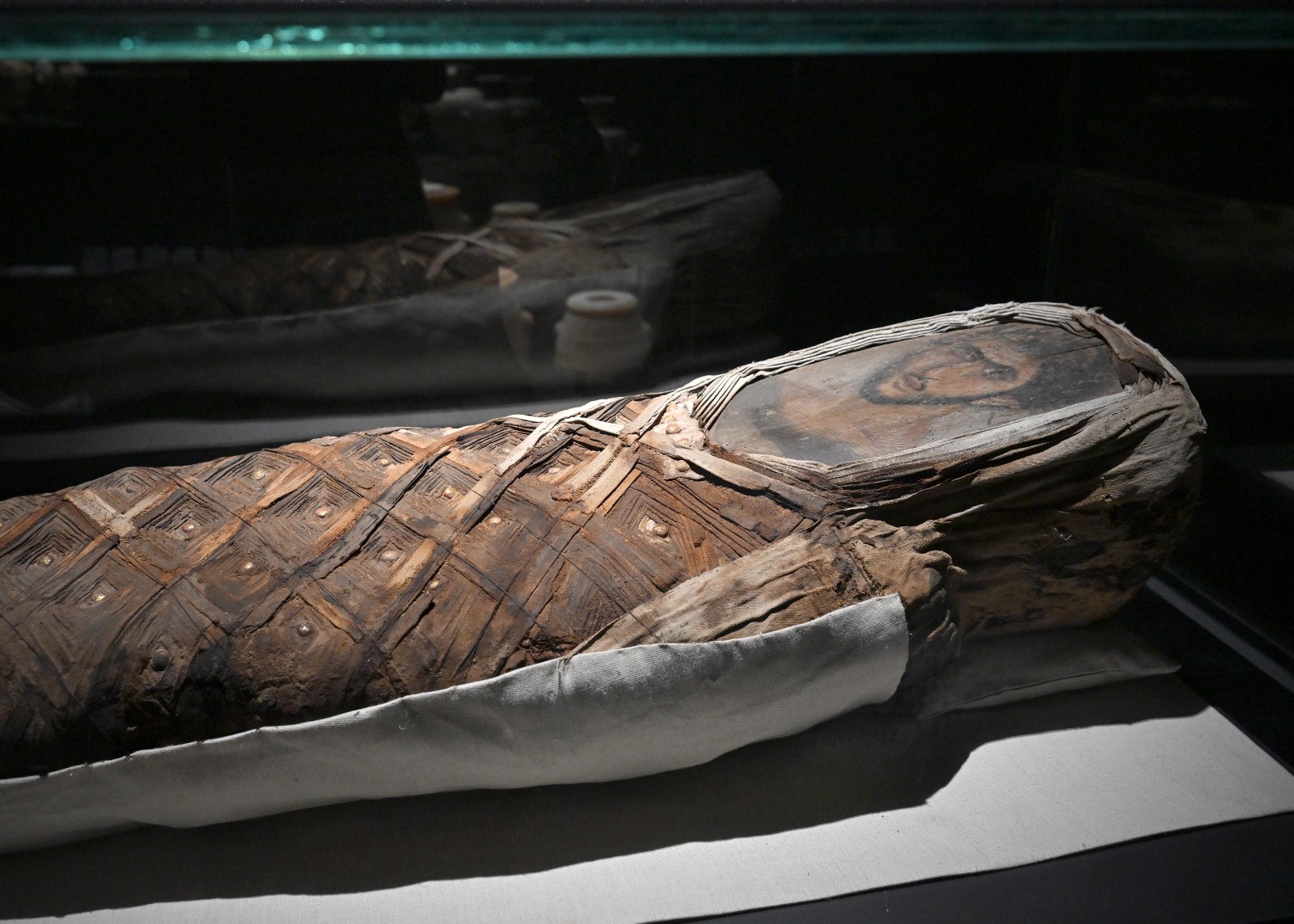
The museum's components:
The museums main components include an administrative building consisting of a basement ground floor, and three floors, and the museum's main building, made up of the following floors:
1- The ground floor
The ground floor contains 27 halls containing various antiquities arranged according by chronological order starting from the pre-Alexander the Great (fifth century BC) era until the Byzantine era (sixth century AD).
It also contains antiquities stores and restoration laboratories for organic and inorganic antiquities, in addition to the bathrooms.
2-The first floor
Artifacts are displayed on the first floor are based according to a thematic classification. It includes cafeterias, restaurants, a library of rare books, a lecture hall, antiquities stores, and restrooms.
The museum contains 10,000 artifacts.
The topics of display within the museum exhibition halls are varied, covering historical areas of the history of ancient Egypt in general and Alexandria in particular.
The Greco-Roman Museum introduced new sections to serve modern museum display thought in a way that attracts visitors and highlight the intellectual and artistic blend between ancient Egyptian, Greek, Roman, Coptic and Byzantine civilizations.
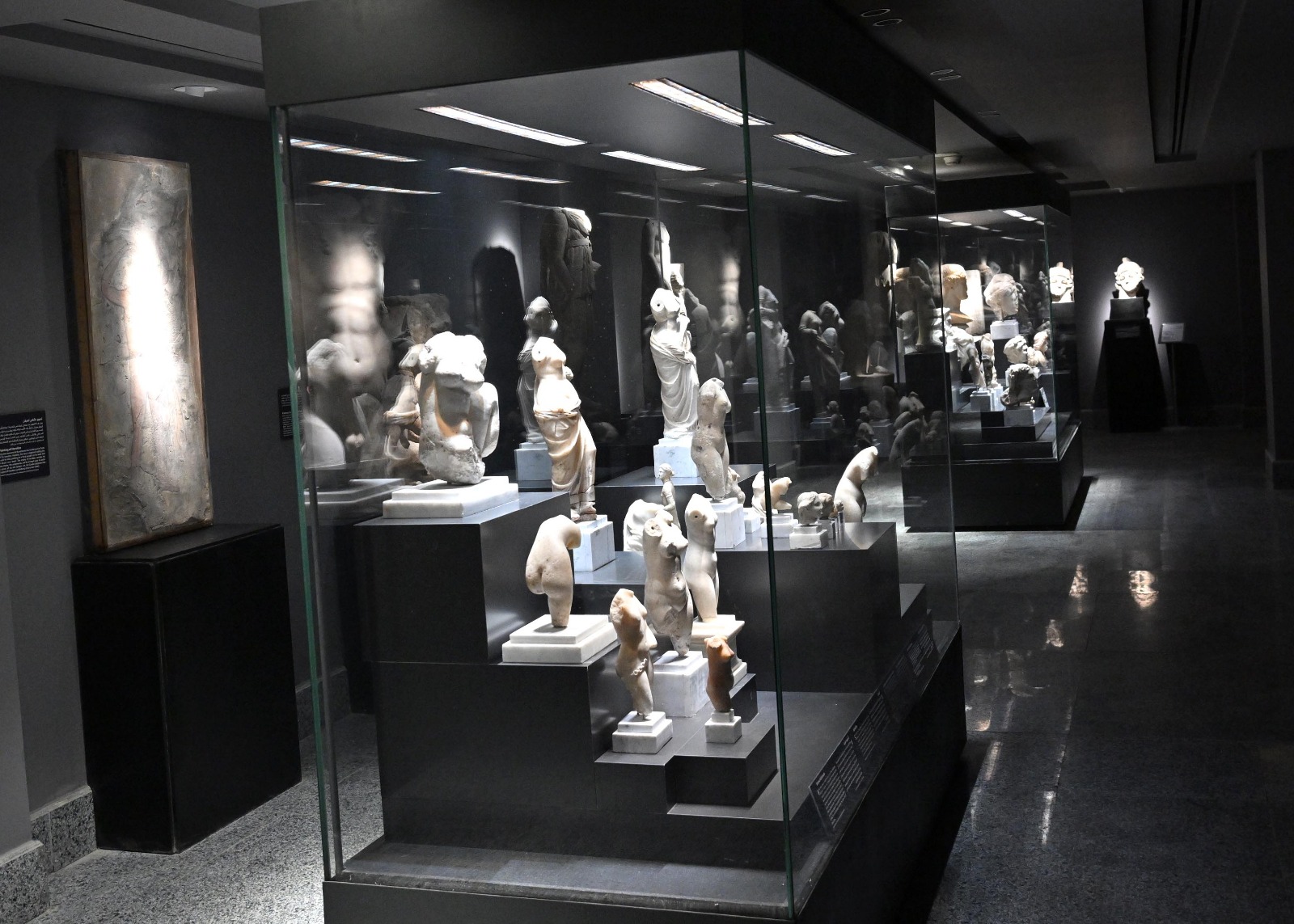
It is divided into the following topics:
– The ruling state and political life in Egypt during the Ptolemaic and Roman era.
– Daily Greek and Roman life in Alexandria.
– Religion and worship in the Greek and Roman eras.
– Alexandria as a hub for knowledge, intellectual sciences and different civilizational cultures.
– The doctrinal development of funerals in the Greek and Roman eras through mummies, amulets, canopic vessels, funerary tombstones, Fayoum portraits, and coffins across the different eras that Alexandria in particular and Egypt in general passed through.
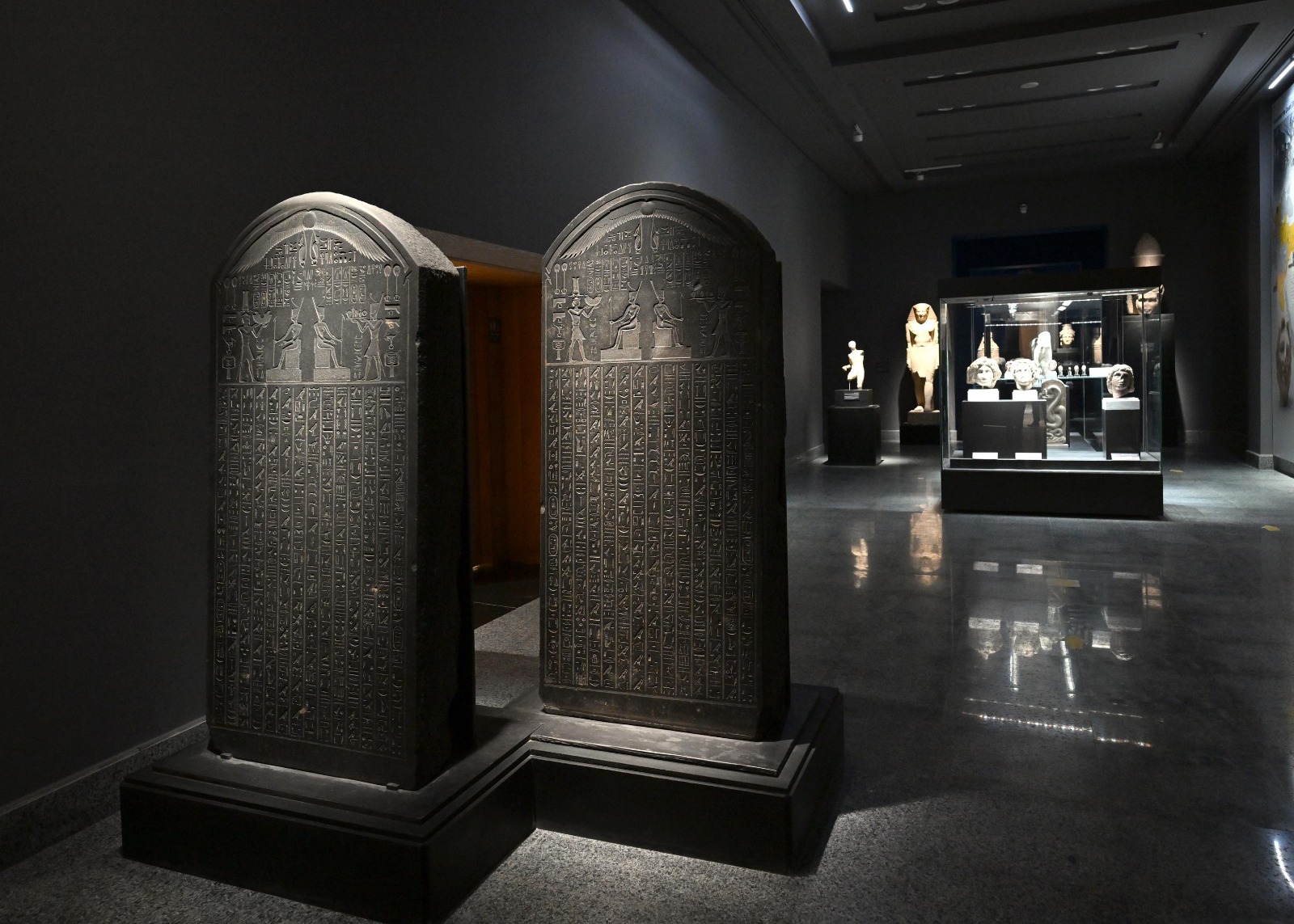
– Displaying Byzantine and Coptic art through distinctive architectural remains (friezes, ceiling decorations, column bases, capitals, tapestries, and coins).
– Portraying Trade, commerce, and Egyptian crafts (ivory, bone, jewelry, faience, etc.), which were spread throughout Egypt in ancient times and were exchanged with some friendly countries.
– Providing the museum with a conference hall and the library of the Greco-Roman Museum, which includes the rarest books in the world. A hall for museum education was provided to attract children to the museum through various workshops and activities, as well as a hall for gypsum reproductions that resemble artistic models in international museums, and a hall for studies and scholars.
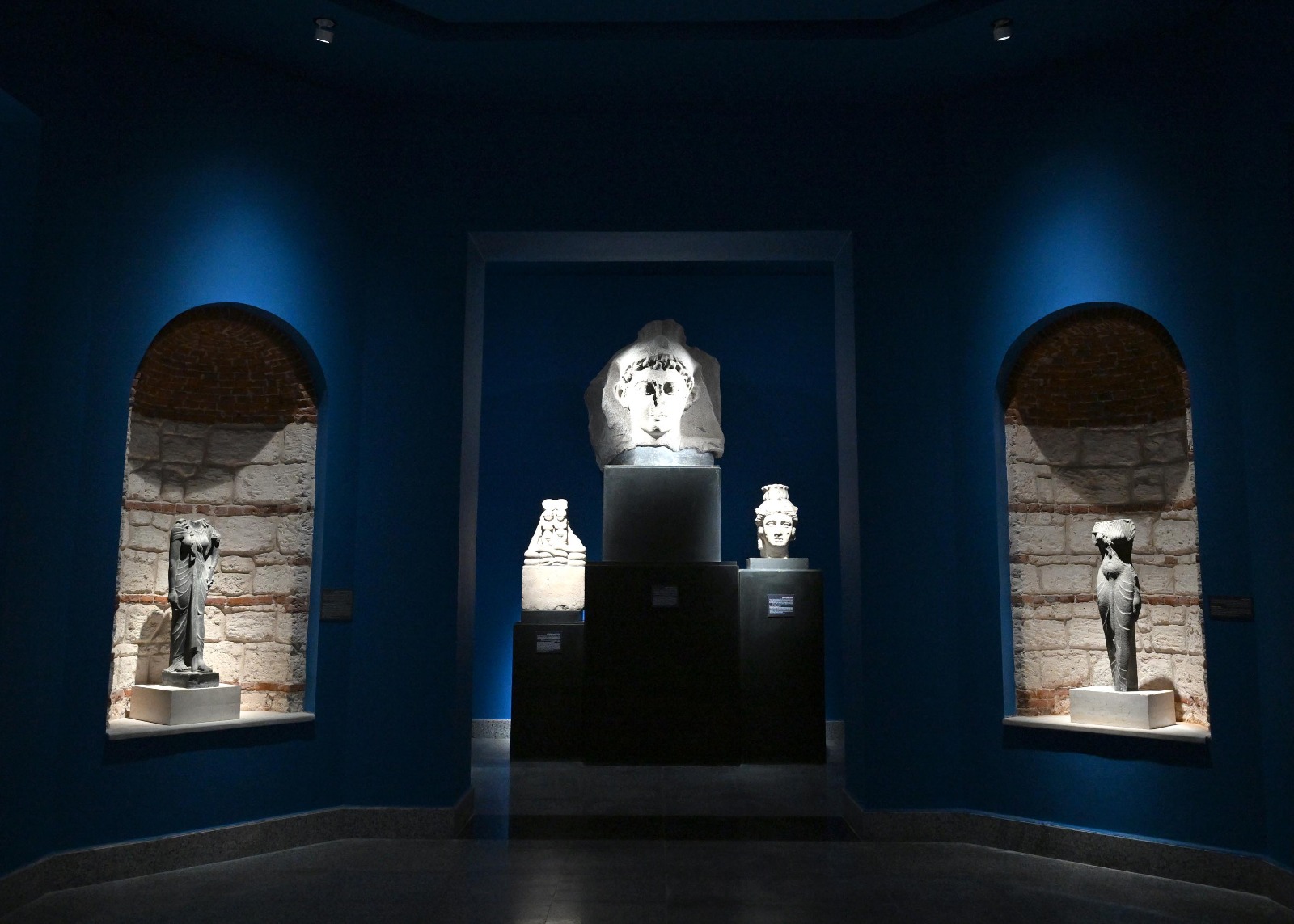
-- Sent from my Linux system.
No comments:
Post a Comment